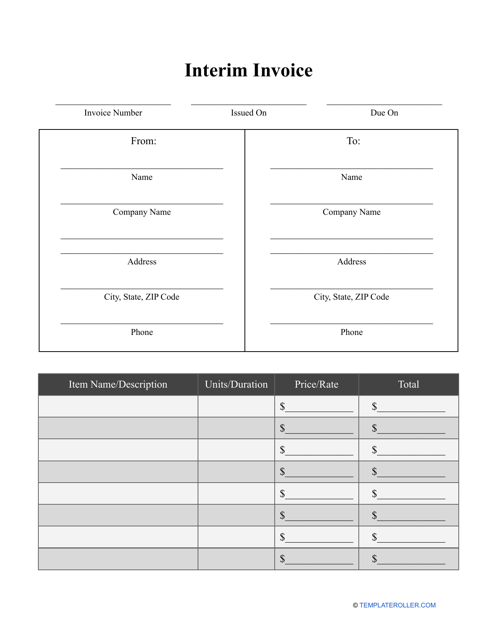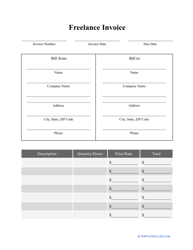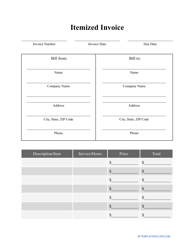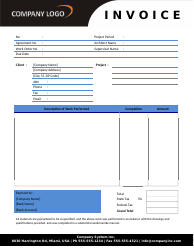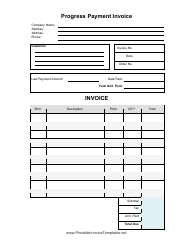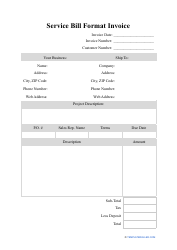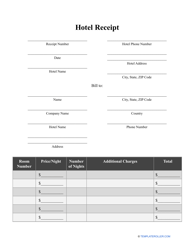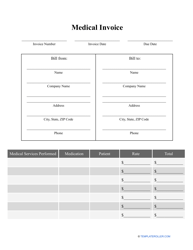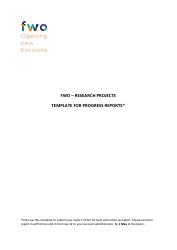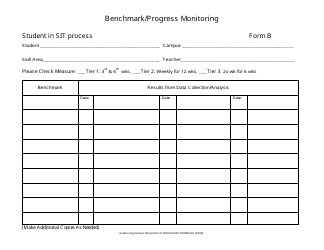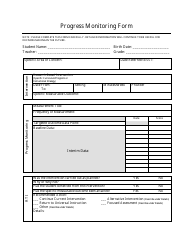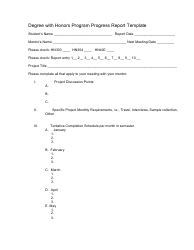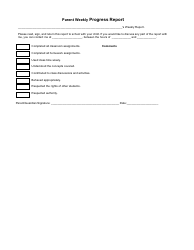Interim Invoice Template
What Is an Interim Invoice?
An Interim Invoice is commonly used by organizations when undergoing a substantial project. Such projects often require several stages before full completion and each of these stages is agreed upon and documented. The party carrying out the work is charged upon successful completion of each stage. Full details regarding the financial side of each stage is outlined in the agreement. Once the party completes a checkpoint in the agreement, they will issue an invoice for a percentage of the overall fee.
Alternate Names:
- Progress Bill;
- Progress Invoice
The main reason for doing this is because most often, such big projects can take long periods of time before they reach the end goal - ranging from months to years. This presents a guarantee to the working party that they will be compensated for their work. Of course no company will want to work for months or years without any cash flow, they are after all a business with expenses that need to be covered (particularly if you are a small business or work as a freelancer). An Interim invoice provides consistent payments that will help keep a business afloat and enable them to produce their best work without having to worry about finances.
An Interim Invoice template can be downloaded by clicking the link below.
When to Issue Interim Invoices?
To ensure a consistent inflow of cash when undertaking a lengthy project, an Interim Invoice is used. Beforehand, both parties will sign an agreement which will include all of the details of the project, broken down into smaller, more logical tasks. Once the relevant party completes an agreed task, they can issue an invoice and expect a payment. If the details of the agreement for that particular task are met, then the payment goes ahead as planned. Details of the payment plan along with the relevant sums are all outlined in the agreement.
How to Make an Interim Invoice?
Interim Invoices are quite simple to create. However, they need careful consideration to ensure that all the fine details are outlined appropriately and fairly. Typically, the structure includes:
- Creation of an approximate project plan . This should cover an approximation of the time it will take to complete the project as a whole and the price you will charge for it. If there are any other relevant expenses required to conclude the project, these should also be outlined here. After you have drafted the plan, send it to over to the client and discuss it further and make any relevant annotations.
- Now that you have an agreed plan, you need to determine a timetable for completion and payment . Usually, these are monthly updates that are sent over to the client in exchange for a portion of the overall payment. The payment is usually a percentage proportional to the length of the task. For example, if your project takes eight months to complete, after every month you can send an Interim Invoice for an eighth of the overall fee.
- After coming up with a timetable, it is important to stick to it and send the completed tasks along with the invoices as agreed ensuring all deadlines are met . Each invoice should also contain a deadline for payment to ensure that you are paid on time.
- The closing invoice . Once all the agreed tasks have been successfully completed, you should send a closing invoice to the client which will include precise numbers in regards to cost of the project, as this may sometimes differ from the originally submitted plan. This should include a summary of the whole project.
Haven't found the template you're looking for? Take a look at the related templates below:
